Understanding Generative Adversarial Networks (GANs)
Generative Adversarial Networks (GANs) consist of two competing neural networks: the generator and the discriminator. The generator creates images to fool the discriminator, while the discriminator tries to distinguish between real and generated images.
NVIDIA's GauGAN demonstrates this process by transforming rough sketches into realistic landscapes. Users can create detailed scenes with simple brushstrokes indicating elements like mountains or clouds.
Plug-and-play diffusion features (PnP DFs) offer precise control over image generation by using guidance images and text prompts. This allows artists to shape visuals in real-time without training new models.
These technologies, powered by NVIDIA RTX GPUs, are opening new creative possibilities. The Panorama mode in NVIDIA Canvas even allows users to expand creations into 360-degree vistas.
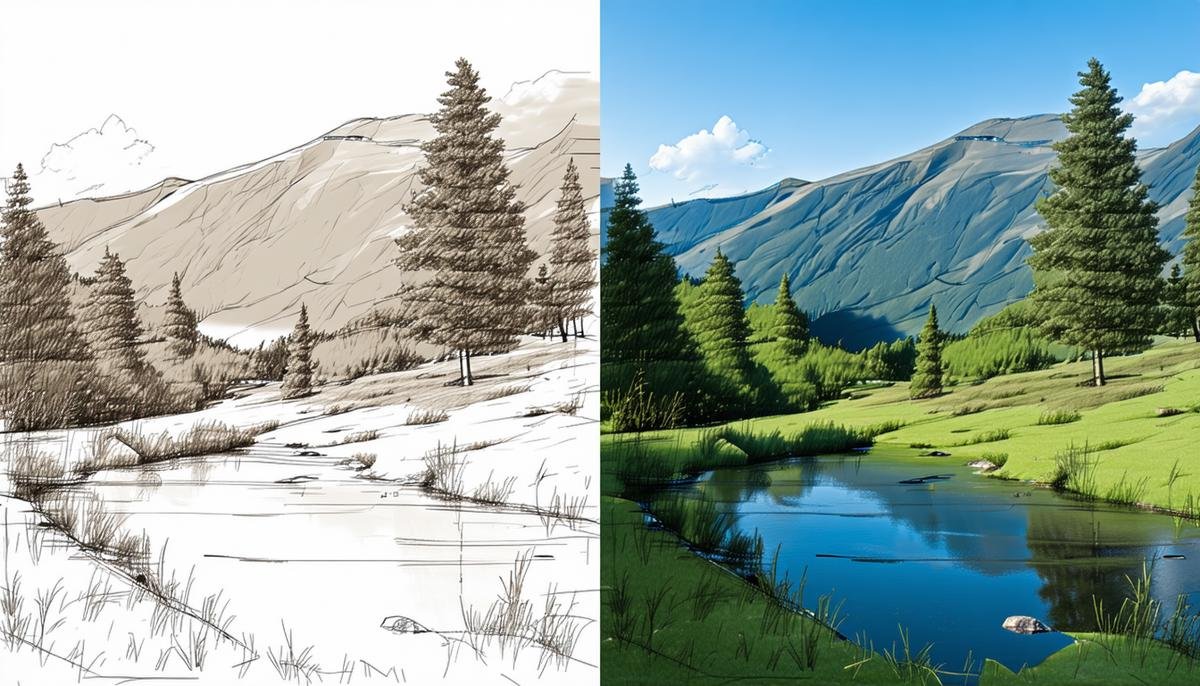
NVIDIA's GauGAN and Canvas App
NVIDIA Canvas, powered by GauGAN, transforms simple sketches into photorealistic images in real-time. Users can see their elementary strokes on one half of the screen morph into stunning landscapes on the other.
- The app's palette includes various 'materials' like grass, snow, or sky
- Each material renders the sketch into its natural counterpart
- Users can alter elements like ambiance, season, or weather with simple clicks
The Panorama mode expands creative ideas into 360-degree visuals, allowing artists to craft immersive environments. This feature has applications in game design, where artists can merge scenes from NVIDIA Canvas into game engines to create dynamic worlds.
These advancements, fueled by NVIDIA RTX GPU technology, are changing the landscape of digital design, animation, and visualization.
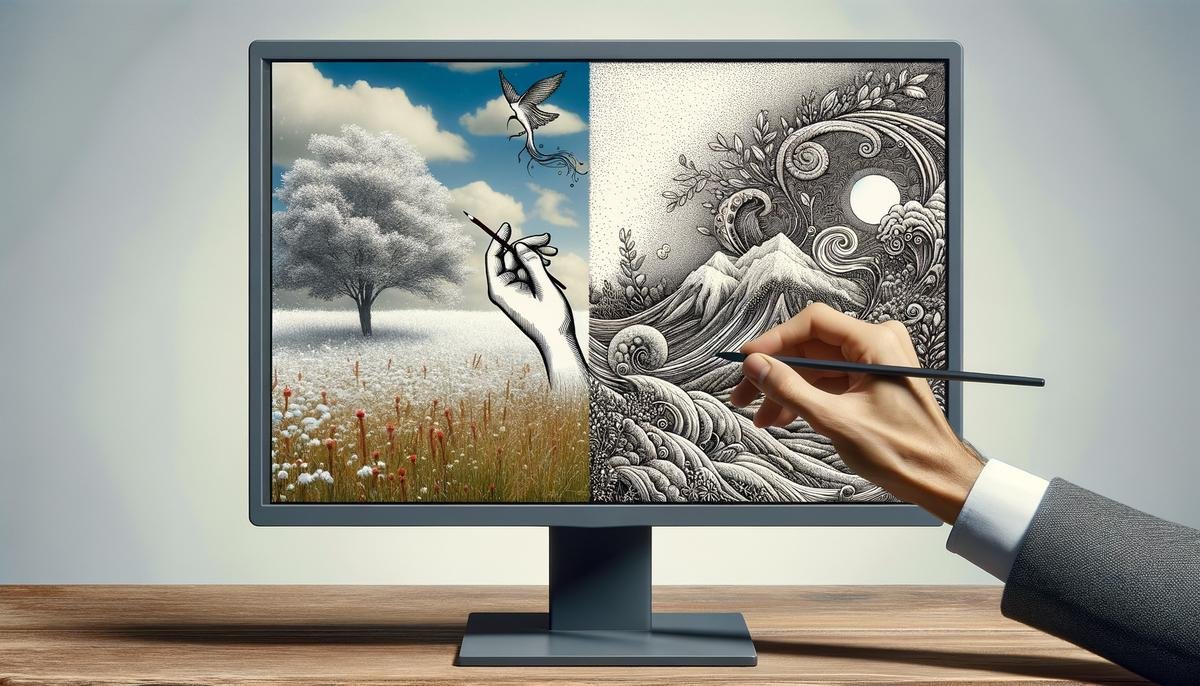
Applications of Generative AI in Creative Industries
Generative AI is impacting various creative industries, including art, design, and fashion. These technologies allow for the creation of unique works that mirror the natural world and expand beyond it.
| Industry | Impact |
|---|---|
| Art | Enables exploration of new techniques and styles without traditional constraints |
| Design | Facilitates efficient creation of striking visuals, fostering experimentation |
| Fashion | Inspires new trends and facilitates personalized design |
Generative AI in creative industries amplifies human creativity, offering tools for professionals to explore the unexplored and reimagine their crafts.
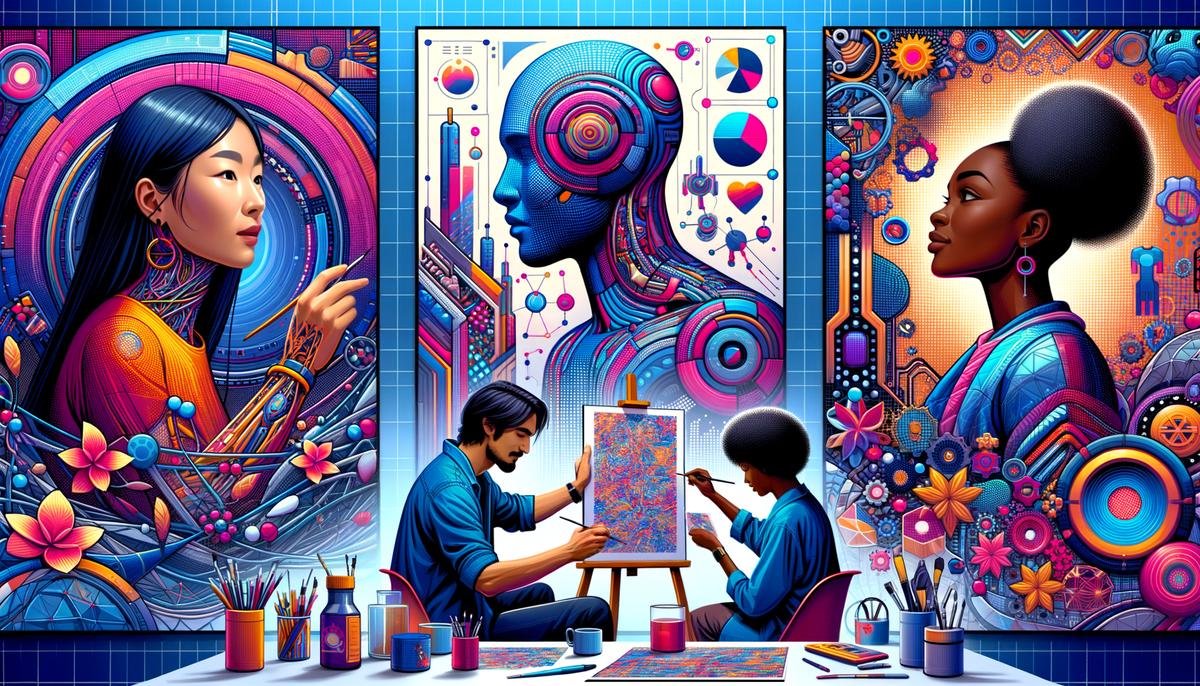
Advancements in Text-to-Image Models
Recent advancements in text-to-image generation include the integration of plug-and-play diffusion features (PnP DFs). These allow for image generation guided by both text prompts and reference images, offering more user control and precision.
Diffusion models have evolved to adaptively remap visual compositions according to user-specified outlines and structures. This method uses pretrained models, ensuring rapid generation without extensive retraining.
"This results in a simple and effective approach, where features extracted from the guidance image are directly injected into the generation process of the translated image, requiring no training or fine-tuning."
These advancements address previous limitations in user-controllability, allowing artists and designers to articulate their creative visions more precisely. This has implications across various industries, including visual content creation, animation, and visual effects.
The integration of PnP DFs represents a shift towards greater collaboration between human creativity and machine intelligence in AI-driven art and design.
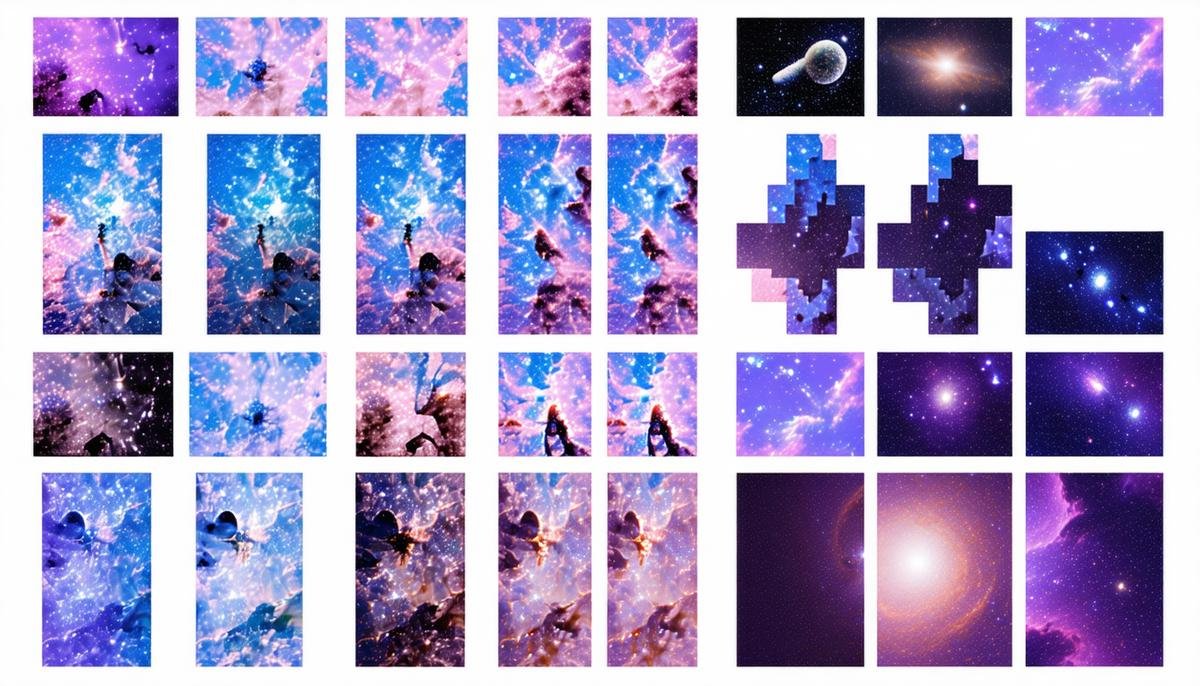
Challenges and Limitations of Generative AI
Despite advancements, generative AI still faces challenges in user controllability. Many models struggle to offer fine-tuned control over creative output, often diverging from the user's exact vision.
Another limitation is the extraction and understanding of semantic information from input data. AI sometimes misinterprets abstract concepts, leading to visual outputs that lack coherence or required specificity.
Ongoing research aims to address these issues by:
- Refining diffusion models
- Leveraging advanced neural networks
- Exploring better integration of feedback loops
There's also a focus on extending AI capabilities to include dynamic and interactive elements, which could enhance its usability in fields like animation, gaming, and virtual reality.
Addressing these challenges is crucial to realizing the full potential of generative AI in complementing and elevating human creativity.
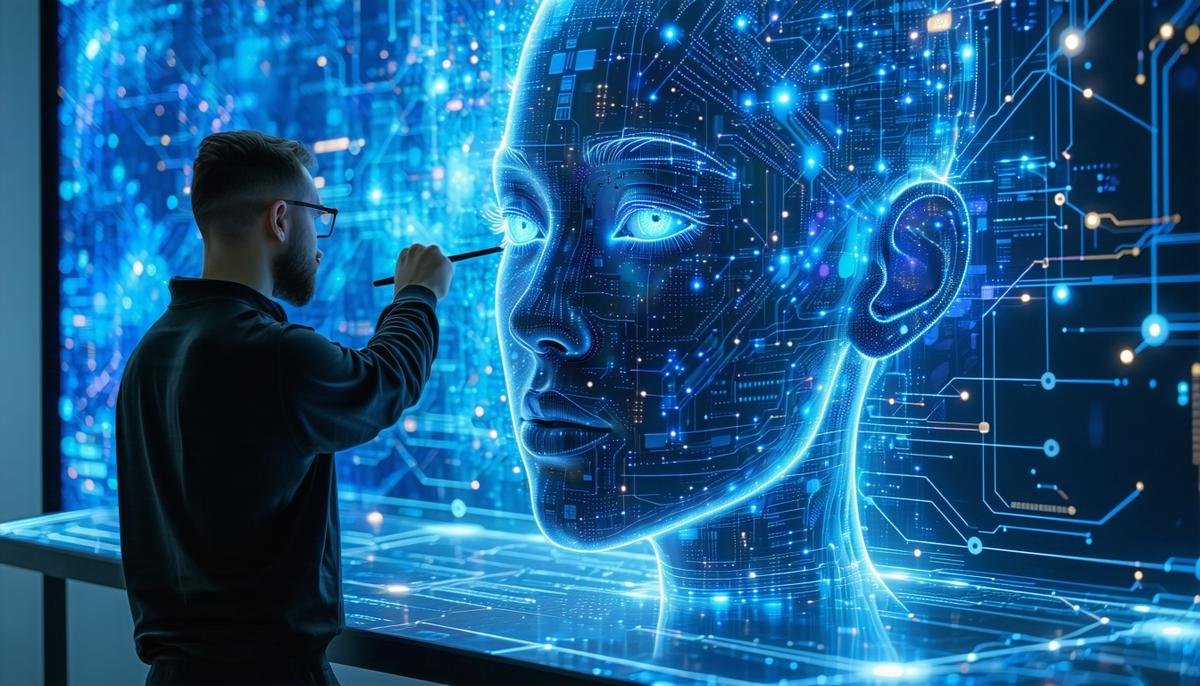
Generative AI is reshaping creative industries by enhancing artistic expression and design innovation. As these technologies advance, they promise to redefine how we create and interact with visual content, offering new possibilities for creativity.
- Tumanyan N, et al. Plug-and-Play Diffusion Features for Text-Driven Image-to-Image Translation. CVPR. 2023.




